Every single day, the competition for your ecommerce store increases. More and more online shops pop up selling similar or the same products. Competitor monitoring tactics will enhance your understanding of their strengths & weaknesses, and allow you to differentiate your business.
Estimated reading time: 9 minutes
Having a nice looking shop is no longer enough. You need to consistently track what your competitors are doing in order to stay ahead of the competition.
By nature of our own product, it stands to reason that we would argue for monitoring your competitors’ pricing.
After all, if you don’t keep track of what they’re charging, how do you know if you’re wildly under or overcharging for your own products.
But should ‘price’ be the only thing you monitor your competition?
In this article, we’re going to look at two other competitor components you should monitor in order to make sure your ecommerce store stands out as best.
Ready, set, go!
Why is competitor monitoring a must
When it comes to your competitors, you can gain a significant advantage if you monitor what they are doing. Use that to help guide your own pricing and marketing strategy. That’s not to say you need to copy their approach. In fact, copying your competitors’ approach is likely to hinder rather than help your efforts.
Instead, analyze your competitor’s strategy to help you identify the strengths and weaknesses of different approaches within specific industries. When you do this, you’ll have access to data that allows you to evaluate the pros and cons of specific marketing and pricing tactics. This way you can ensure you’re using the best approaches for your own ecommerce store.
Although we’re huge advocates of monitoring your competitors’ pricing, there are other factors that should be taken into consideration.
If you want to dominate your competition, you should also monitor their
- Social Media
- Customer experience
Pricing
How much do you charge for your products? This is a figure you can most likely reel off quickly. But do you know how much your competitors charge?
What’s more, do you know how much your competitors charged last year?
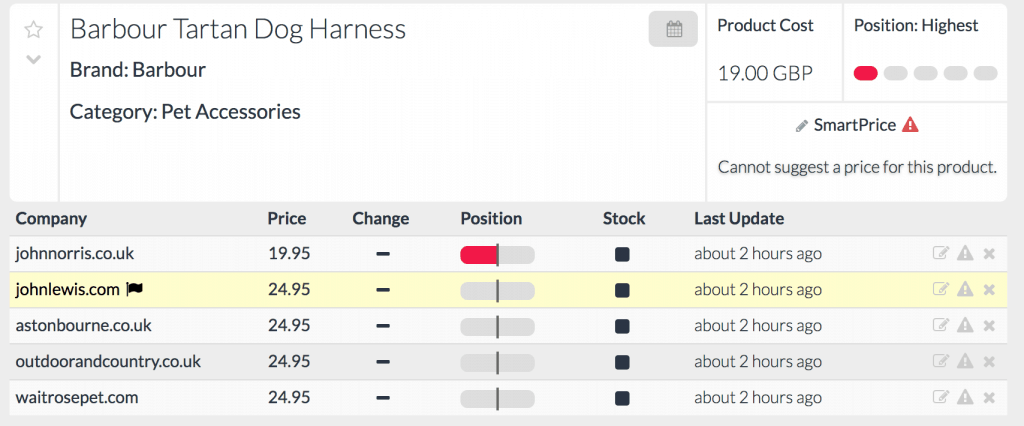
In the above example, we take a look at the one particular product “Barbour Tartan Dog Harness” and see the varying prices of our competitors.
This allows us to see whether there is potential we could increase our prices. If your competitors are all charging significantly more, you can experiment with increasing your own pricing too to see how the market responds.
If you do decide to monitor your competitors’ pricing, using pricing software is the most efficient way to do it.
Without a competitor tool, your best option is to manually search for your competitors and keep track of what their prices are for competitor monitoring.
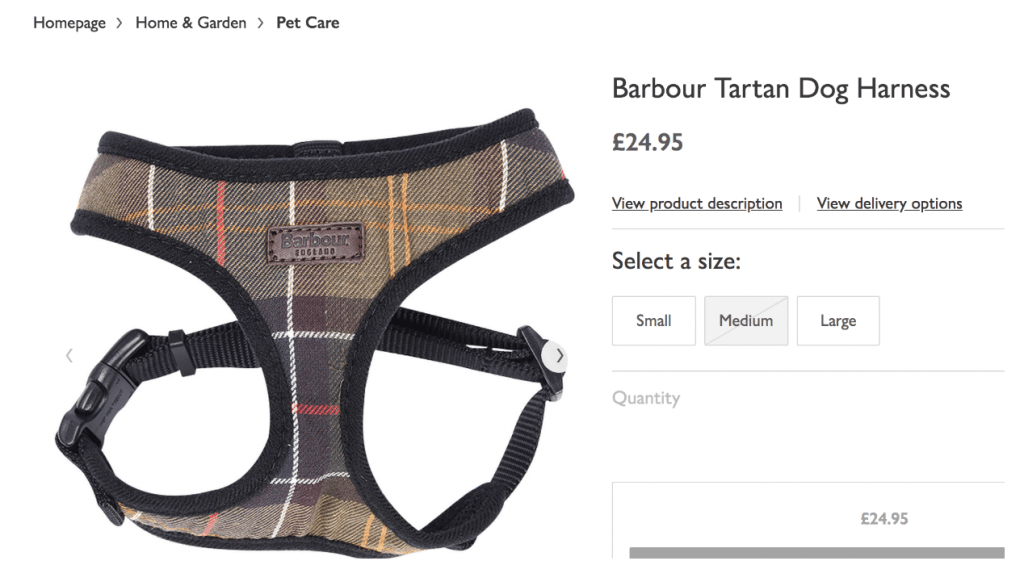
This is the product listing for John Lewis. In the image below, you can see the product listing for John Norris.

This process would be fine if you had one or two products in your ecommerce store. But what if you have hundreds of products and hundreds of competitors? What do you do then?
This is why using a price comparison store is a really effective way to monitor your competitors’ products.
Snooz is a great example of a single product ecommerce company.
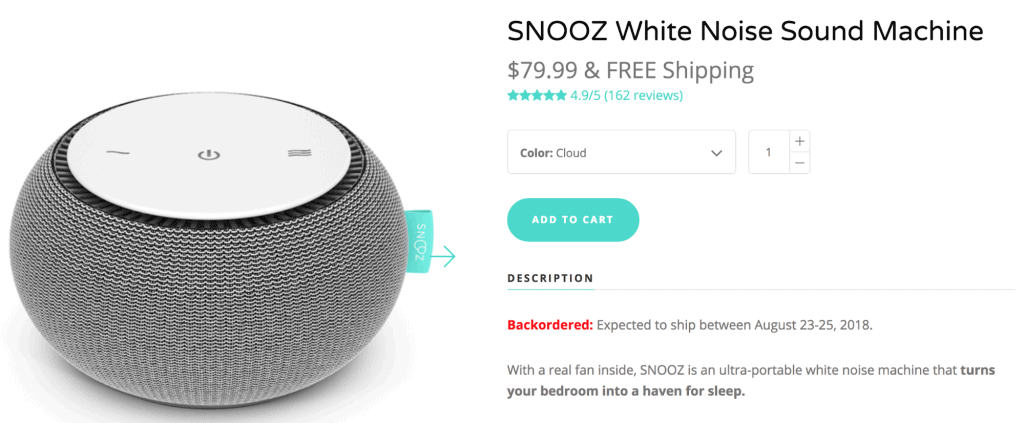
Their only product is their white noise sound machine. As they only have one product, you may assume that it’s easy to monitor their competitors’ pricing simply because there’s only one product.
However, that doesn’t take into account how many competitors you should be tracking too. If we do a search for ‘white noise sound machine, hundreds of results show up.
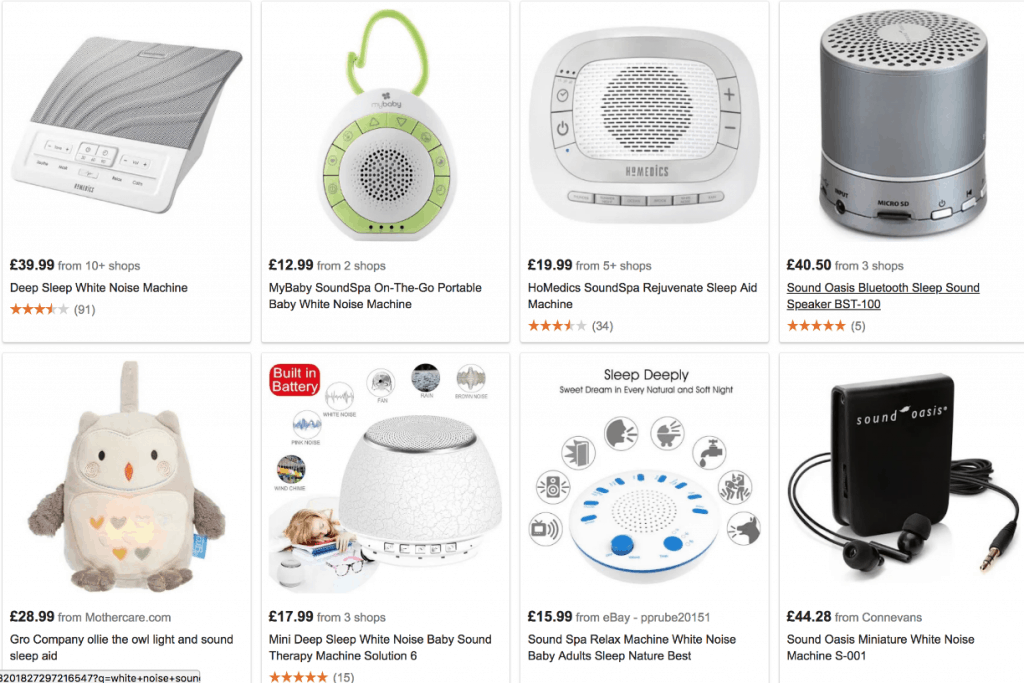
Are Snooz supposed to manually check each site every single day to input the results?
Of course not, that wouldn’t be an effective use of their team’s time. So if you want to monitor your competitors’ prices, be sure to use a price comparison software tool to help you do it in the most efficient way.
Social media
Social media has a number of different use cases within ecommerce stores. Whether you use social media to interact with your customers, for customer support or even to generate new business, it’s important to see what your competitors are doing and how they’re using social media to leverage their own businesses.
Ugmonk, for example, uses social media to share their inspirational quotes with their audience.

Ugmonk’s content on social media regularly gets shared around by their customers due to the fact it falls in line with their branding.
This doesn’t mean you need to start attaching inspirational quotes to all of your social media posts. But find what makes you different, and use social media to leverage that.
We take a comparison company, Firebox. They also sell mugs.

You can even make use of various social media monitoring tools to see how well your ecommerce business performs against your competitors when it comes to social media customer support. In the image below, we can see the difference in response time between two different companies: in this case Coca-Cola and Pepsi.

If you start to look at what questions/problems and concerns your customers are having you can check and make sure you have those same issues sorted so they don’t become problems for your own customers.
Online stores that have a social presence have 32% more sales on average than stores that don’t. So whether you use your social media accounts to support growing your customer base, interacting with current customers or even as a customer support tool, make sure you get started today.
Because one thing is for sure, even if you’re not, your competitors are!
Customer experience
What happens when a potential customer lands on your site? How easy is it for them to find what they need to find and actually make a purchase?
In all cases, you should be trying to find ways to improve the customer experience on your site, to reduce the barrier to purchase for your customers.
Monitoring your competitor’s customer experience will give you a good indication of how others in your industry approach the idea of customer experience and how they make it better (or worse) for customers in your industry.
Generally, when it comes to customer experience, the two most important factors you should optimize on your own website (and monitor on your competitors’ website) are how easy it is to navigate and find specific products and how easy it is to actually make a purchase once they’ve decided they want to.
For example, if you were browsing this website and stumbled across this product page, would you be enticed to make a purchase?
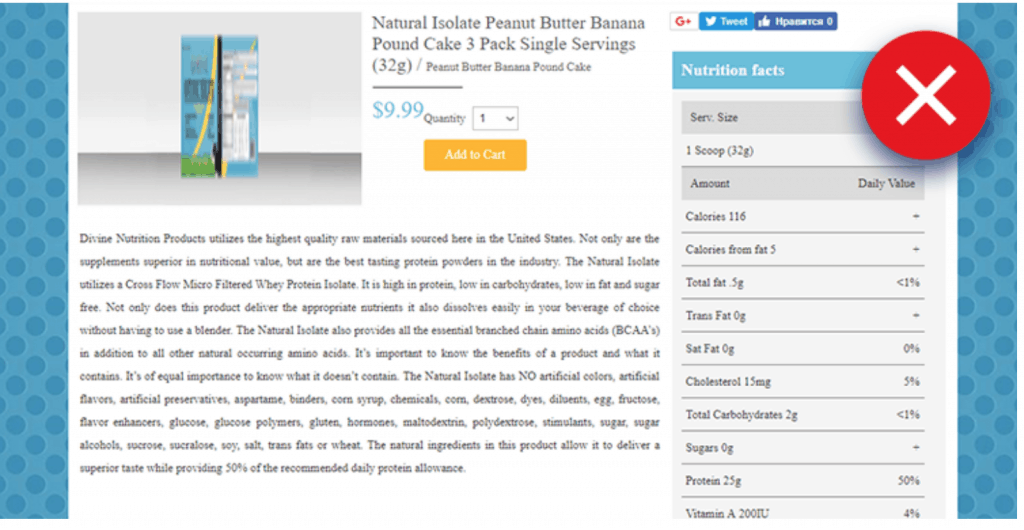
Probably not. Not only can you not see the image, but the description is one huge block of text. Although including a detailed description is good for increasing sales, you should also break up the text so that it appears easier to digest.
Compare that then to Bellroy. A wallet company whose product page is fully interactive and immerses the visitor into their world.
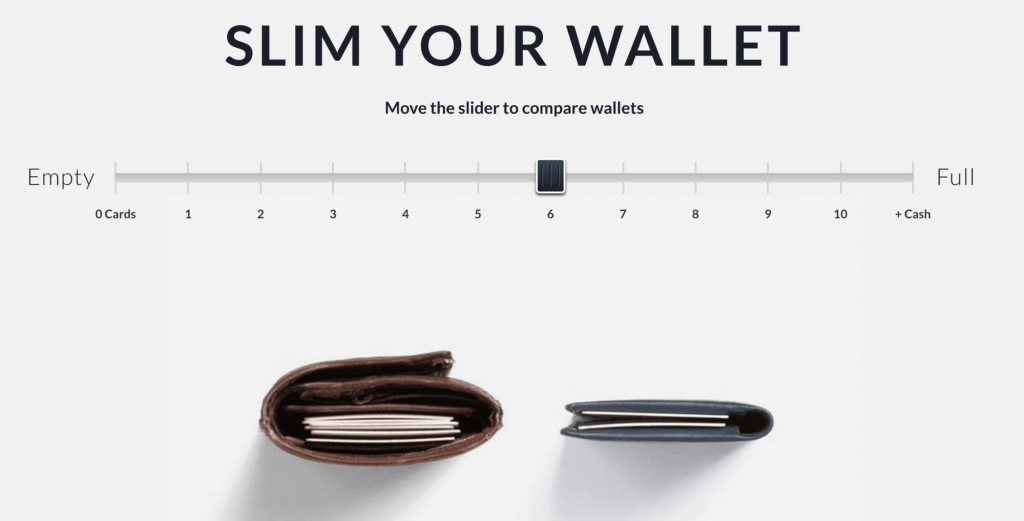
Visitors can move the slider along to input how many cards they’d usually carry in their wallet. As the number increases, you’ll notice the traditional wallet looks big and bulky (as most people are used to). But you’ll see their wallet stays a very similar size.
This sort of product page immediately draws in the user and the entire experience is enjoyable.
That way, when you scroll down to see the price, it doesn’t shock you in any way as you’ve already understood the value of buying a Bellroy wallet as opposed to one of their competitors.
Why Competitor Monitoring?
Keeping track of your competitors’ customer experience will help you get a good understanding of the different ways you can improve yours.
Perhaps your competitors all have a simpler checkout process than you do. Or perhaps their navigation system is much more complicated than yours.
Either way, knowing what others are doing can help you make informed decisions about what you should do to best serve your customers.
Takeaways
In this post, we’ve looked at a number of additional factors you should monitor in order to beat your competition.
Competitor monitoring factors other than pricing give you an overarching view of what your competitors are currently doing. What they’ve done in the past and how you can use this information to fuel your own decisions.
Make sure, however, that when you do begin monitoring your competition, you do so with the right mindset.
If you’re simply monitoring your competition in order to copy everything they’re doing, you won’t be able to build a brand and your entire business will feel like a complete carbon copy.
Do you monitor your ecommerce competition? If so, which things?
pricing strategies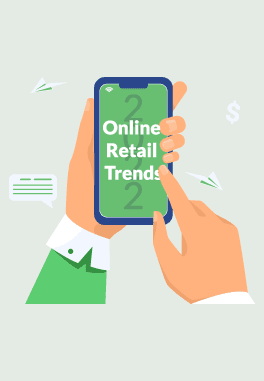
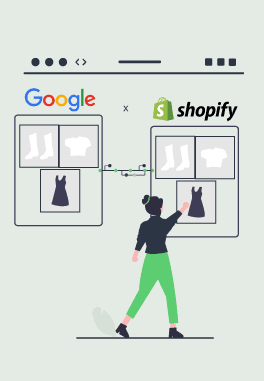
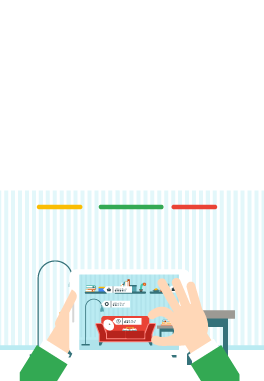
Yes, I monitor prices for my competitors. Being a marketer, it's necessary for me.
I'm delighted to come across this insightful guide on competitor monitoring. In today's fiercely competitive business landscape, keeping a close eye on your competitors is not just a recommended practice; it's an essential strategy for success. In conclusion, this guide to competitor monitoring is a valuable resource for businesses of all sizes and industries. By following the advice and techniques presented here, businesses can gain a competitive edge and continue to thrive in an increasingly dynamic business environment. Thank you for sharing this comprehensive and informative guide!
This guide emphasizes the importance of competitor monitoring for e-commerce success, covering essential aspects beyond pricing, including social media strategies and customer experience. It provides valuable insights for businesses seeking a competitive edge in a rapidly evolving market. Thanks for sharing such valuable information!
Really helpful.